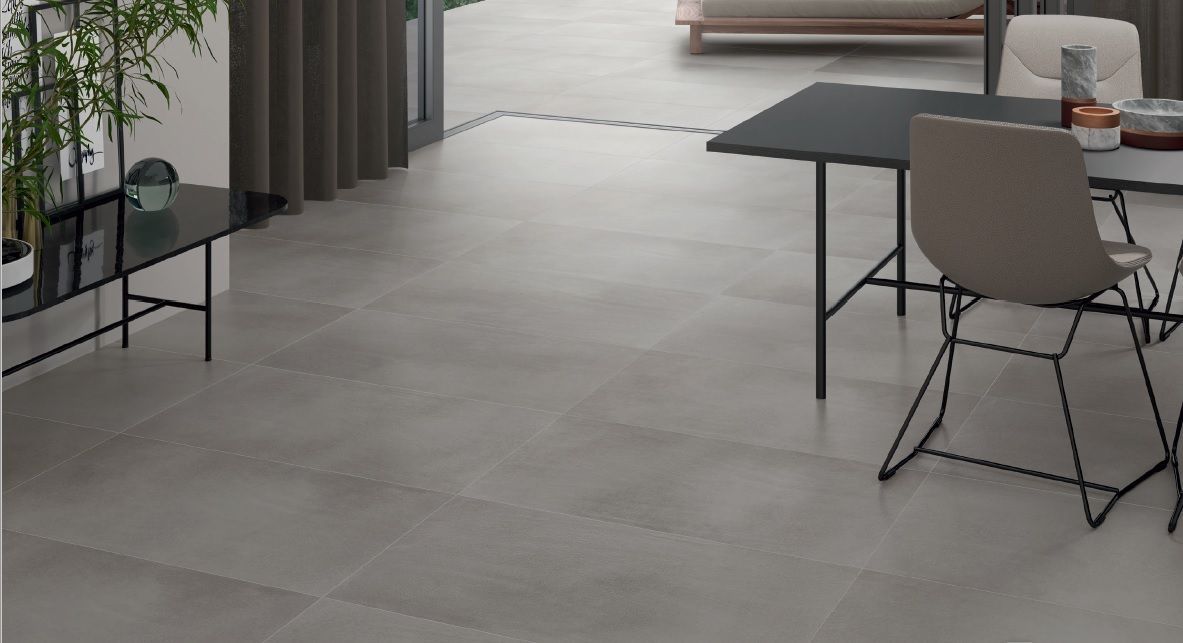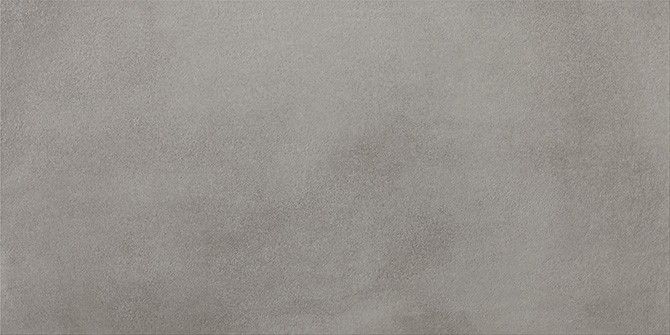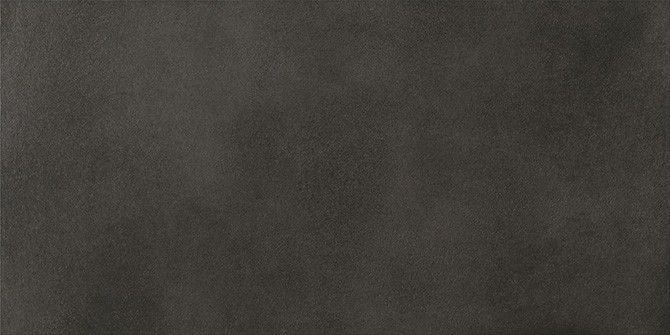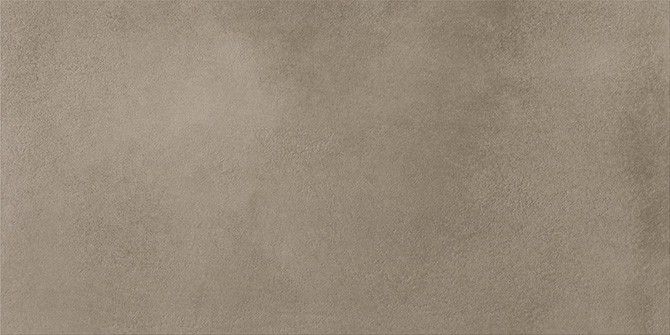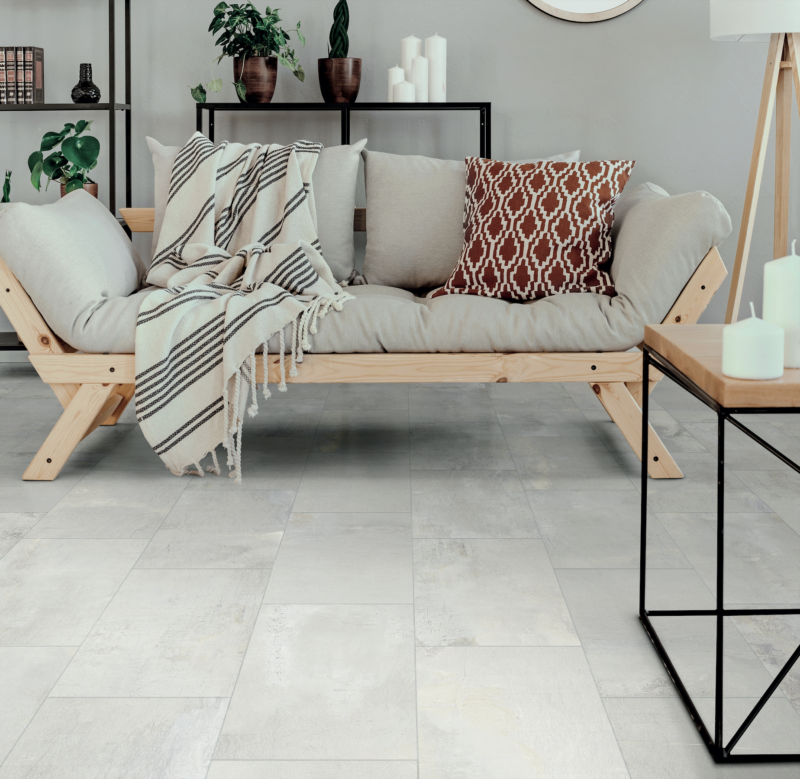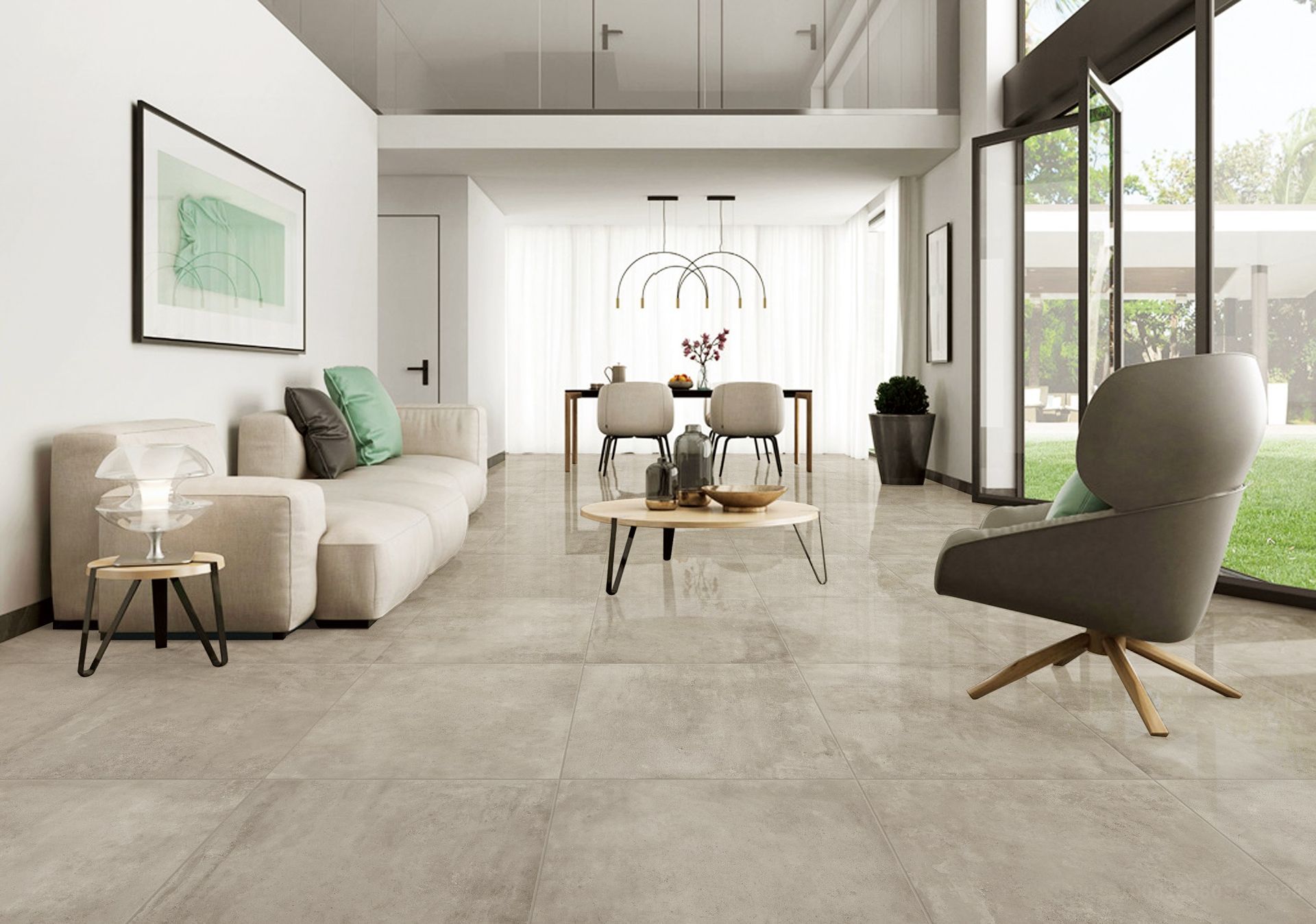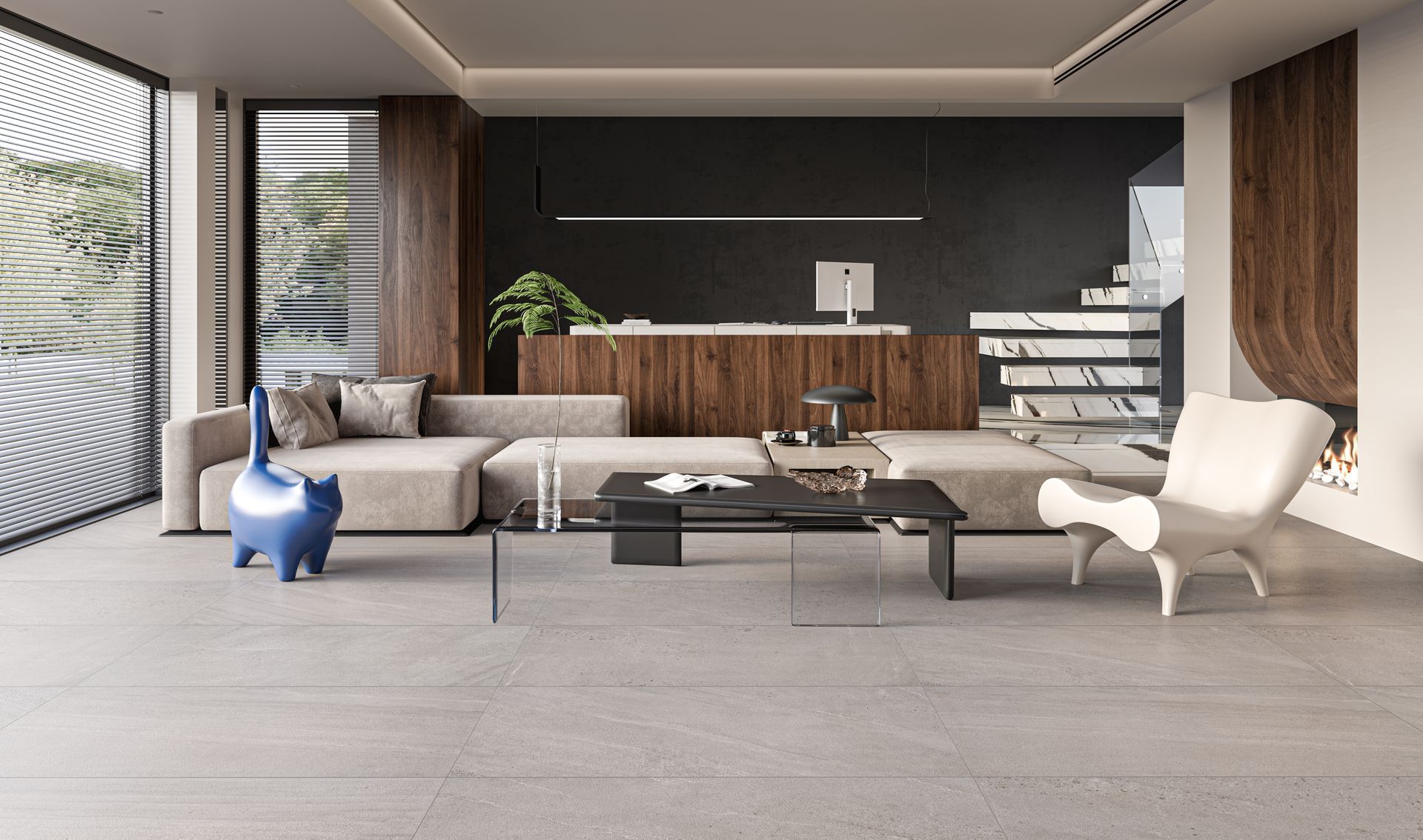PEI, Porcelain Enamel Institute, is an abrasion resistance index used to determine the durability and resistance of ceramic tiles.
The higher the PEI number, the more resistant the tile. Here are the different PEI classifications:
PEI 1: Use for walls only. Tiles in this class are not suitable for floors.
PEI 2: For floors with light traffic, such as bathrooms or bedrooms without direct access to the outside.
PEI 3: For floors with moderate traffic, such as kitchens, living rooms or entrances without direct access to the outside.
PEI 4: For floors with intensive traffic, such as entrances, corridors, covered terraces or light commercial areas.
PEI 5: For floors with very heavy traffic, such as commercial areas, airports or shopping malls.
---------
Shade, also known as V-value, is an index of shade variation, both in terms of color and pattern, that can be expected from a batch of tiles. Here are the different classifications of the V value:
V1 (Very low variation): Minimal differences. Tiles are almost uniform with very little variation.
V2 (Low variation): Slight variations in color and pattern. Differences are perceptible but remain homogeneous.
V3 (Moderate variation): Significant variations. Differences in color and pattern are more marked, but each tile is in harmony with the others.
V4 (High variation): Strong variation in color and pattern. Each tile can be very different from the others, offering a unique and dynamic appearance.


